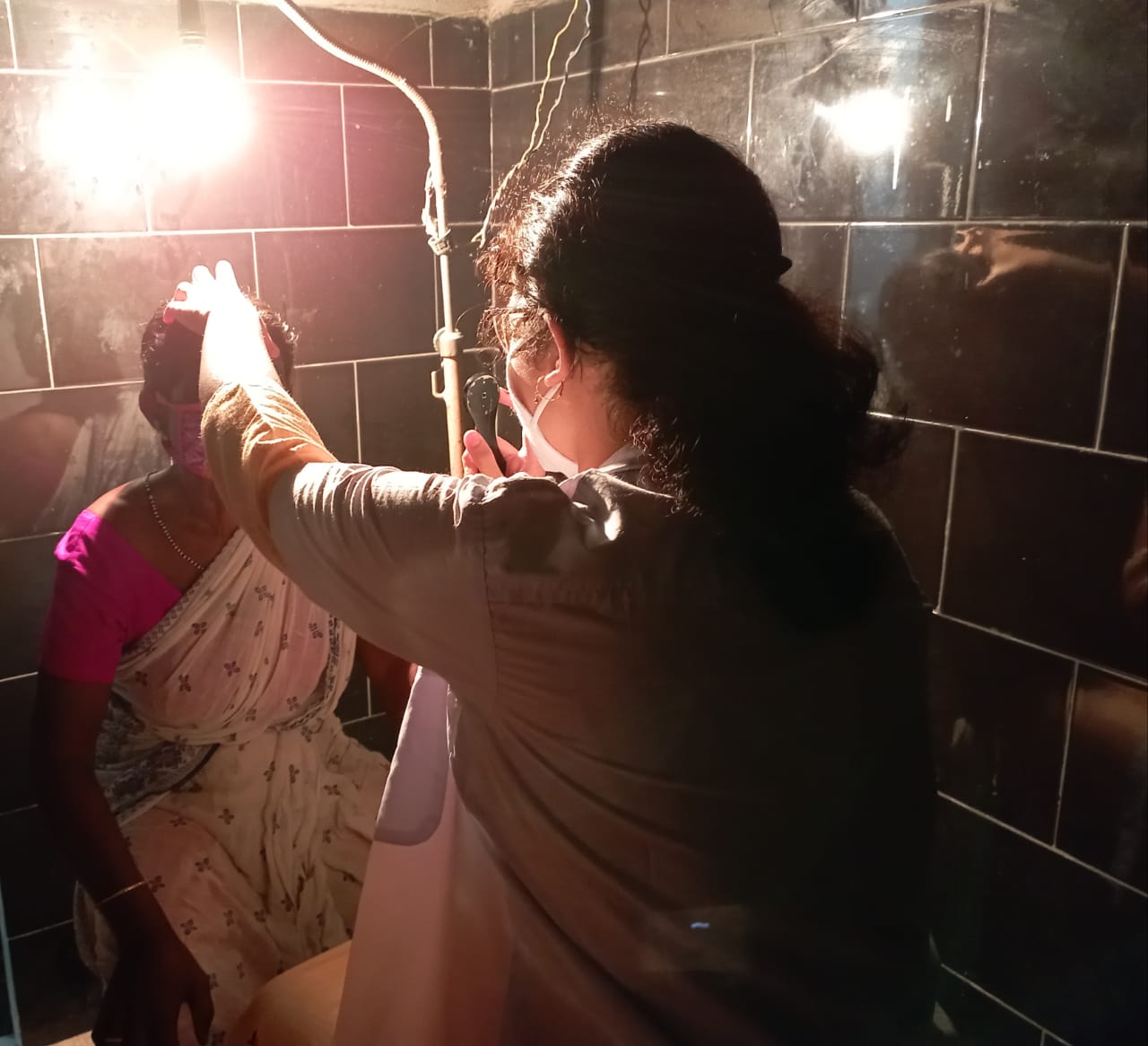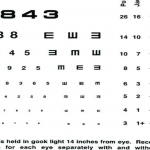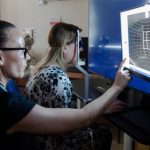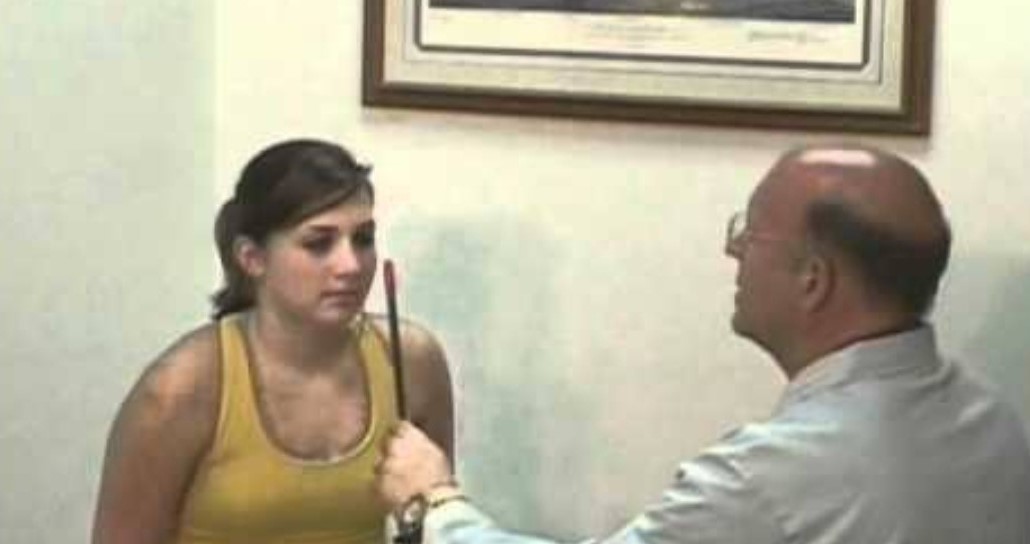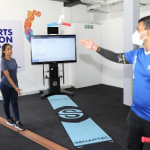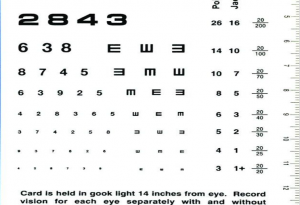Low vision is defined simply as the ability to perform important tasks that require vision. Visual acuity is only one measure of visual function. Other measures include visual field , contrast sensitivity , preferred retinal locus ability , glare sensitivity , colour vision , stereopsis and binocularity .
To improve visual performance , an organized approach to patient assessment and treatment is required.
Visual dysfunction , Certain terminologies in relation to visual dysfunction are as follows :
Visual disorder refers to a deviation from normal visual structure by disease , injury or anomaly affecting vision.
Visual impairment refers to reduction of visual function , i.e. visual acuity , visual field and or contrast sensitivity .
Visual disability refers to reduced ability to perform a certain task , e.g. to read, to write , orientation and mobility.
Visual handicap refers to nonperformance of the tasks related to individual and societal expectations because of visual disability .
Causes of low vision :-
In children , albinism , optic neuropathy , trauma infections , paediatric glaucoma , amblyopia , nystagmus, retinopathy of prematurity and retinal and optic nerve abnormalities accounts for the majority of patients visiting LVA clinics.
In young adults , occurrence of low vision is less likely . They may present with late onset congenital retinal disorders , ocular injuries , glaucoma , alcohol neuropathy , toxic neuropathy , leukomic retinopathy, myopia , amblyopia etc.
In old age , permanent progressive visual loss occurs in the increasing population. While percentages vary, the most common conditions are age –related macular degeneration, diabetic maculopathies , other macular and retinal degenerations , glaucoma and myopic degeneration.
Management of a patient with low vision :-
Management of a patient with low vision is not only tricky ut also a challenging situation . It requires a combined use of knowledge of science and art of practicing medicine . It divided into three components –low vision aids , evaluation of a patient with low vision and prescription of an LVA.
In low vision the ophthalmologist , optometrist are primarily interested in the disorder and the impairment , while the occupational therapist and other vision rehabilitation professionals manage the disability and handicap , although there may be overlap in some areas.
Role of ophthalmologist for low vision :- Opthalmologis paly important role for low vision , mainly opthalmologist diagnose the disease and treat the disease. They might be involve the use of medication or surgery . When ophthalmologist sure that vision has been permanently impaired due to eye disease , the ophthalmologist refers the client to a low vision optometrist for evaluation and treatment .
Role of optometrist for low vision :- The role of optometrist is to evaluate the patient and determine whether a change in the traditional eyeglass prescription . Optometrist also performs a detailed evaluation of distance and near visual acuity , contrast sensitivity , assessment of central scotoma and peripheral visual field , and based on this result optometrist begins the process of determining the magnification needs of the client and select and prescribes appropriate Low visual aids . Then optometrist refer to the patient for training the use of the prescribe devices in various activities of daily living.
Role of occupational therapist for low vision :- occupational therapist play another important role of low vision patient , occupational therapist determine psychological and physical needs of the patient . occupational therapist evaluate visual and non visual client factors , history , roles, physical environment and occupational performance . Occupational therapist designs a vision rehabilitation program to teach the client how to function more effectively in ADLs in spite of the vision loss . Occupational therapist teach the patient how to eccentrically view and read more effectively by use of both optical andnon optical devices.
Role of social worker for low vision :-
The social worker can play an important role in evaluation and treatment of the client who suffering from low vision . Social workers can participated in psychological assessment and counseling the client. In many studies show that whose are suffering from low vision in those patients are clinically depressed. In which case social worker in rehabilitation is to provide counseling service to these clients.
READ MORE ARTICLE:

